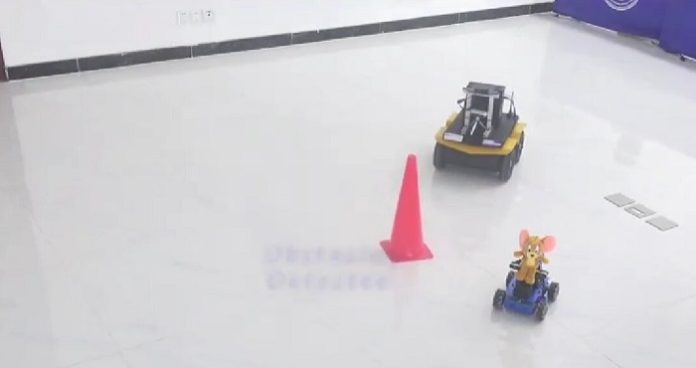A team of researchers at Tsinghua University’s Center for Brain-Inspired Computing Researcher has developed a neuromorphic chip that can reduce the power consumption of a cat-and-mouse-type rolling robot by approximately half, compared to a conventional NVIDIA chip designed for AI applications. The group describes the design concepts they used to build the chip and how well it worked when tested.
As AI applications mature, they become more complex and require more power to run, which can be a problem for autonomous robots working in the field. Most of these systems are based on the use of neural networks. In this new effort, the researchers believed that building a chip with similar abilities but based on neuromorphic computing technology would use far less power. They built a neuromorphic chip called TianjicX and put it in a small rolling robot called Tianjicat.
The chip was imbued with spatiotemporal elasticity that allowed for the adaptive allocation of its resources and also the scheduling of multiple tasks (the robot had to be able to keep track of the mouse and chase it, while at the same time processing and responding to information about obstacles). It also had a high-level module that bridged the gap between the requirements given and the physical architecture of the robot.
Tianjicat was then programmed to follow a target and avoid running into obstacles using data from onboard sensors. The target in this case was a rolling, remote-controlled toy with a cartoon mouse affixed to its top. The researchers referred to it as a cat-and-mouse challenge.
The researchers found the mechanical cat quite capable of chasing the mouse while avoiding obstacles. It also was able to catch the mouse. Tianjicat used just over 50% less power than an identical NVIDIA chip-based robot. And they also found that their neuromorphic chip-based robot had markedly reduced latency—79 times less than the NVIDIA-based system, allowing the robot to make decisions much faster.








